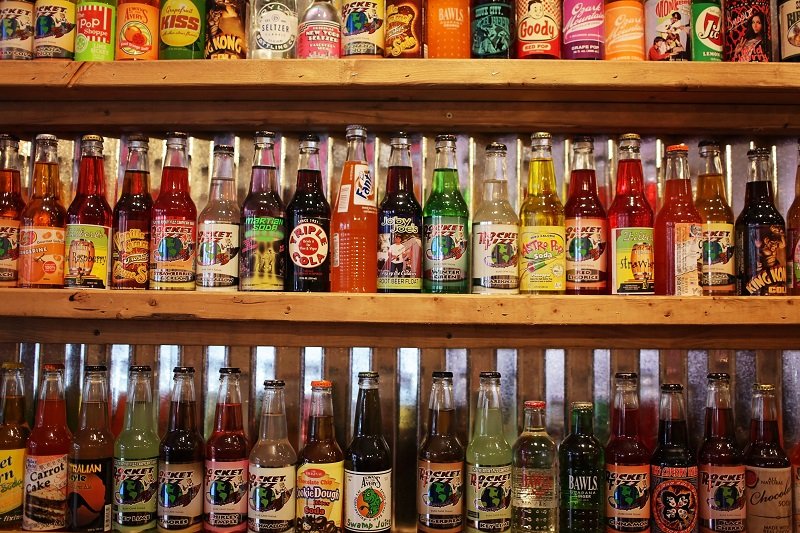Companies employ food processing techniques to transform raw food and other ingredients into new products. The methods are diverse and include milling grain into flour, breaking seeds in order to get the oil, making butter into milk, mixing ingredients into a batter, and baking cookies in the assembly line. Processing meat involves techniques such as cutting, deboning or taking the carcass’s guts out.
While some techniques for food processing employ cutting-edge technology, other techniques have been used for centuries. Many thousands of years before food scientists discovered how to create dinosaur-like chicken nuggets, Egyptians were making ale and baking leavened bread.
Nowadays, for better or for worse, the majority of our food products are processed in some manner and packed into bottled and jarred packaged goods. Food processing can bring significant advantages for consumers and businesses, such as wider food choices and food products that have an extended shelf life. A few aspects related to food processing, however, have raised concerns about food safety, the health of the worker, and food security.
Table Of Contents
Preservation and food safety
which makes it unpleasant to taste, more nutrient-deficient, and dangerous to eat. A lot of the oldest food processing methods, including drying fruit and vegetables, preserving them by picking them, making them taste bad, salting meat, as well as fermenting milk (e.g., to create yogurt or cheese) remain relevant even to this day, as they keep food fresh and prevent spoilage. Preservation allows us to transport food items over longer distances, store them in supermarkets for longer and take advantage of them for a longer time of the year with the same nutrients.
Processing also helps stop or eliminate pathogens
Processing also helps stop or eliminate pathogens (disease-causing organisms) that could contaminate food. Preservation methods like refrigeration or fermentation, dehydration as well as the usage of sugar, salt, or chemical preservatives may delay or stop the development of pathogens. Heating processes, such as cooking and pasteurization, can be used to eliminate them.
While companies employ methods for food processing to lessen the risk of food-borne illness, however, the facilities in which food products are processed often are a component of the issue. The large processing facilities, for instance, typically handle large amounts of products that come from multiple sources. Suppose a supply of spinach from a particular farm is infected with E. bacteria (as during the outbreak of 2006 associated with bags of spinach) and is mixed with other farm greens. In that case, it can contaminate the entire batch prior to being widely distributed. According to the author Michael Pollan writes, “In our case, we’re washing out all of the nation’s salads in one large sink.” In the same way, it may contaminate the entire supply of ground beef or chicken through a single carcass that has been contaminated at a processing plant for meat.
Variety and convenience
In addition to altering the taste and textures, aromas, as well as the appearance, color, and flavor of raw materials and foods, Food processing can provide more variety to our food products. A stroll to the breakfast aisle in supermarkets will show the huge variety of food products that originate from a small number of varieties of grain. Each year, around 22,000 new processed food items are launched on the retail shelves. Of those, only the most effective remain.
Food Packaging
If they’re canned, packaged, bottled, or wrapped in shrink wrap, food items are typically sold in packs. Packaging is essential to the protection and safety of foods. It acts as a shield against pests, bacteria, physical harm, things that can harm you, as well as inquisitive (or malicious) damage caused by people. Damaged packaging informs consumers that they have opened it in the past. Packaging also makes food more convenient to carry, store and serve. The spouts on cartons of milk, for instance, are made simpler to drink. Packaging can also be used as a place to display labels.
Conclusion
With all its advantages, the packaging is a contributor to environmental and health issues. Food packaging comprises about the equivalent of two-thirds (by quantity) of the total waste from packaging within the US. States. The disposal of packaging materials into landfills can pollute water and air, and burning them to generate energy could release dioxins and greenhouse gases, and other harmful substances (depending on the material employed) that can be detrimental to the health of people as well as environmental health. Environment Recycle, composting, and reusing containers are more eco-friendly alternatives. Manufacturers could also cut down on the number of materials used in food packaging in the ideal case without jeopardizing benefits to consumers.
For More Information:
How can Bottled and Jarred Packaging Goods Make Your Life Easier?
